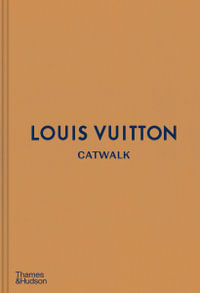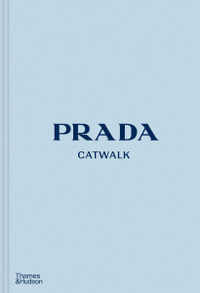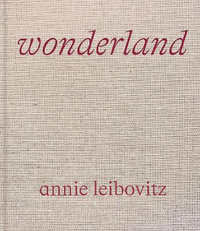A reference work for machine knitters, this easy-to-follow, visually rich guide to innovative knit design transmits the authors' distinct love for and expertise in the craft of machine knitting and their profound knowledge of knitting techniques.
This reference work for machine knitters by the late Beleke den Hartog, co-founder of The Dutch School of Machine Knitting, Studio den Hartog in the Hague, and Elsbeth van Heyningen, who co-headed with Beleke the Department of Fashion and Textile at The Royal Academy of Art in The Hague, leads knitters to an in-depth understanding of knitting construction. A handbook for the upcoming generation of knitting designers, Machine Knitter's Reference is a tutorial and visual book of few words, but rich in illustrations, graphics, and photos, that can be understood by everyone. This easy-to-follow guide to innovative knit design picks up where, once the basics of machine knitting are mastered, follow up questions arise, such as: shaping 2- or 3-dimensional forms, shaping the outside, creating volume from the inside, and giving structure to a knit. It explores methods of shaping where stitches remain on the needle or are transferred to adjacent needles, as well as variations in edging the knitting, always considering what the finished product needs to convey. Moreover, the book uses different methods of calculating and designing, including graphs, formulas, and technical drawings, all enhanced by fun sketches depicting the authors in lively discussion creating the book. The calculations in the book are not according to arithmetic principles or software solutions, but are based on the use of a knitting machine and knitting technology. Ingenious alternative solutions are included in all four chapters, each of which uses a different yarn colour and a specific language. Thorough yet playful, this book transmits the authors' distinct love for the craft of machine knitting and their profound knowledge of all knitting techniques. Offering insight for digital application, the book is a preliminary sketch (a blueprint) with many opportunities to elaborate on it. There is no single way to achieve the result; and the authors make it clear that solutions are always a personal choice.























